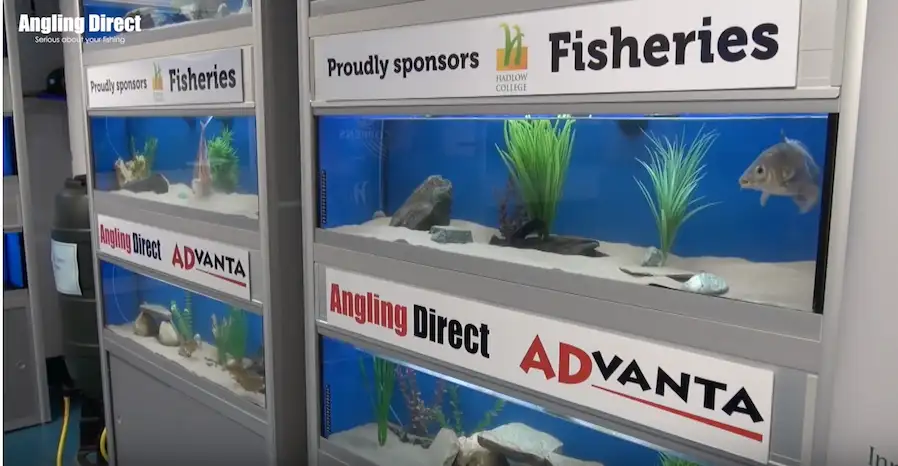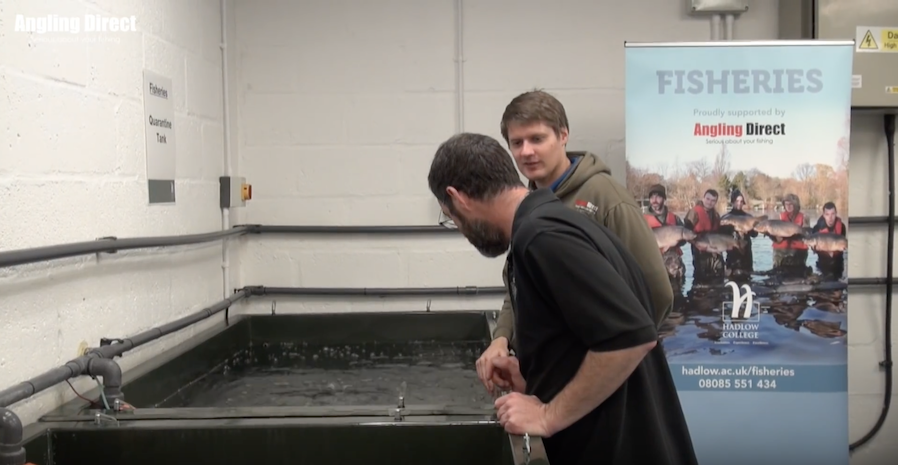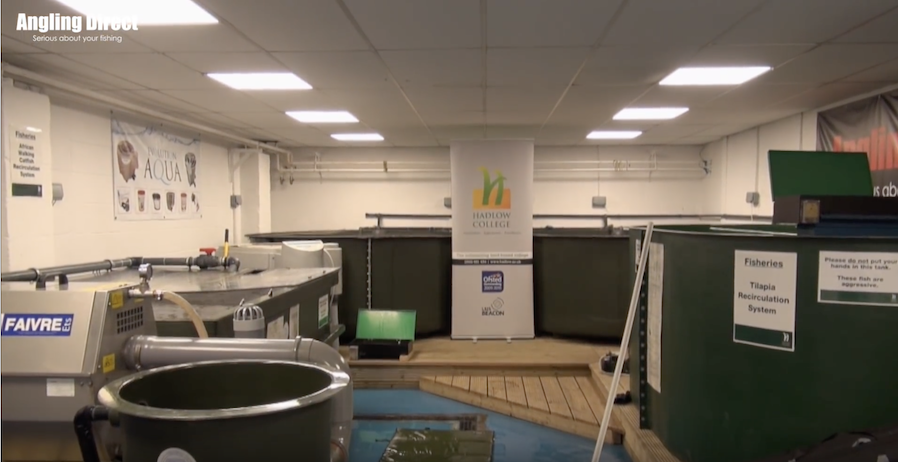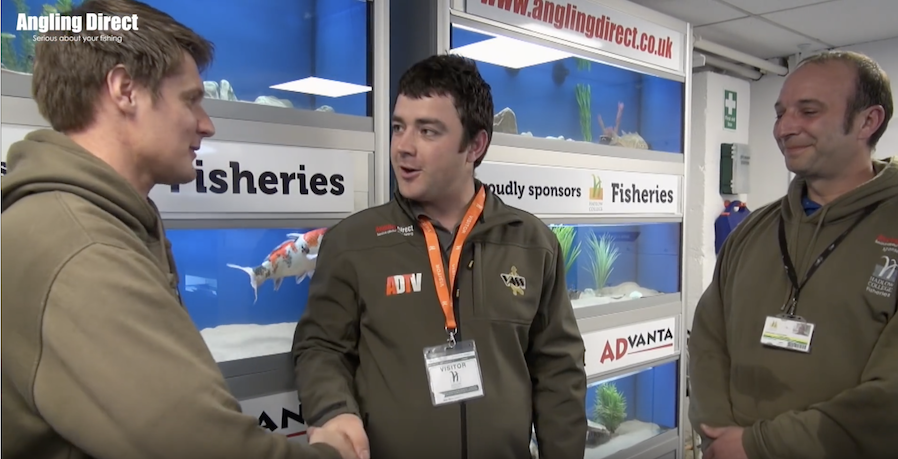This is a demo store. No orders will be fulfilled.
ADTV - Hadlow College Carp Spawning

A Partnership For Life
As a company, Angling Direct are proud to enjoy a close relationship with Hadlow College, in Kent, where we sponsor their fishery, supporting the education of the aquaculturists, fish farmers, and fishery managers of the future.
Recently, Angling Direct’s media assistant, Stephen Crowe, went down to Hadlow College, to visit the fishery on what is possibly the most exciting day of their year – carp spawning day! Meeting up with Brian and James from Hadlow College, Stephen prepared himself for an intimate encounter with the very beginnings of the lifecycle of a fish.
Like most keen, active anglers, Stephen has often seen carp spawning in the wild, where the process will be stimulated by day length and water temperature. At the fishery, a spawning day is pre-selected, to fit in with ongoing work, other projects, and term dates, with tank temperatures and feeding regimes being carefully controlled to ensure the carp are spawn heavy on the right day.
Not Quite Ladies First!
The male carp are “milked” first, with the resulting fluids stored in a dedicated fridge, at a stable temperature, while eggs are expressed from the females. On average, a female carp will carry around 100,000 eggs per kilo of body weight; with some of the carp being spawned during our visit weighing in at 5kg, that’s half a million eggs!
For the spawning process, fish are first placed in a quarantine tank, to check that they’re healthy, followed by an anaesthetic tank; anaesthetised fish are easier to handle, and the process is safer for both humans and fish.

Sticky Situations
Once all the carp, both males and females, have been appropriately spawned, the fun begins, with students spending an hour and a half mixing together the females’ eggs, and the semen from the males, with a fertilisation agent added to help the process along. The mixing is slow and steady, a very gentle tide of movement, ensuring everything bonds as expected, and is the right consistency.
The blended mixture is then poured into large incubation tubes, which are set on a slow oxygenation cycle, and at a temperature of 23 degrees; the carp fry should begin to hatch after three days, at which point they’re moved to the fry tank, to be kept under observation for a further two days, before being transferred to the main holding tanks, known as the Raceway system.

Sizing Up The Results
Once in the Raceway, the carp are constantly monitored by Hadlow’s students, who are responsible for grading the carp, by hand, according to size, and transferring them to size-appropriate tanks, separating small, medium, and large fish; left together, the larger carp would cannibalise the smaller specimens.
This process is a daily feature of the summer months at Hadlow, and ensures that all carp hatched in the fishery have the best chance of growing from fry to a size where they can be safely placed in the college’s network of ponds. Perhaps one day, a carp reared at Hadlow College’s Angling Direct fishery will be landed as a British record…
More Than Carp
The students who pass through Hadlow will go on to work in all areas of aquaculture, and in countries across the globe.
In order to prepare and train their students in the best possible feeding, care, and husbandry of the species of the future, Hadlow College also rears catfish and tilapia, which are both becoming increasingly popular as food fish in South East Asia.

Looking Forward
With aquaculture becoming a more prominent playeron the global scene, and increasing interest in whether a mass-scale aquaculture, with fish replacing poultry and grazing animals as our primary source of meat, colleges such as Hadlow will have an important role going forward, and will almost certainly see many more students coming through their doors, as aquaculture replaces farming as a core industry in countries across the globe.
With more people eating more fish species, more regularly, caring for the fish that will need to be reared deliberately to meet that demand appropriately, and in a way that’s best for each individual fish species, will no longer be a laudable ambition; it will be a demand, and a legal requirement. By starting now, with colleges such as Hadlow, and partnerships with industry leaders such as Angling Direct, Britain can be ready to take the lead in compassionate, sustainable aquaculture, and hold that early lead for decades to come, providing healthy, sustainable, nutritious food, and ensuring a diversity and vitality in our oceans, lakes, and rivers that will have a positive impact throughout the wider eco system.
